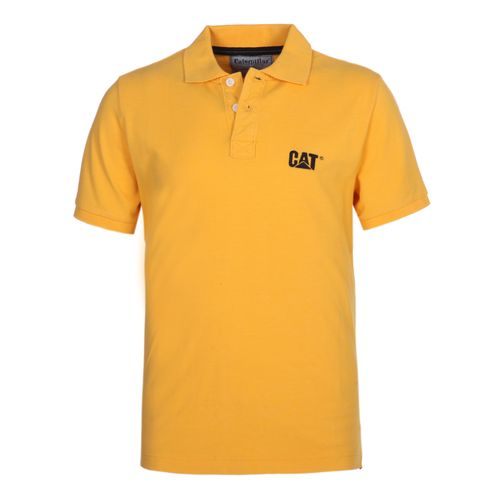Textile technology refers to the technical method of treating and finishing fibers through various processing procedures during the textile production process. It directly affects the quality and performance of fabrics. The factors that influence textile technology on fabric quality will be introduced in detail below.
1. Fiber selection: The quality of the fabric first depends on the quality of the raw fiber. Fiber type, length, strength and fiber structure of plant or animal origin all have an impact on the quality of the fabric.
2. Pretreatment of fibers: Fibers need to be pretreated before entering textile production. This includes steps such as cleaning, degreasing, and bleaching to remove impurities and impurities. Good fiber pretreatment can ensure the fabric’s pure color and comfortable feel.
3. Spinning technology: Spinning is the process of converting fibers into filaments and yarns. The spinning process has a great impact on the quality of fabrics. For example, whether the spinning technology is uniform and whether the yarn is stretched reasonably will play a decisive role in the uniformity, strength, gloss, etc. of the final fabric.
4. Weaving process: Weaving is the process of interweaving yarns to form fabrics. Different weaving processes will affect the density, strength, elasticity and other properties of the fabric. Weaving processes include weaving, knitting, tatting, etc. Each weaving method has a different impact on the appearance and texture of the fabric.
5. Printing and dyeing process: Printing and dyeing is the process of dyeing and printing textiles. Different printing and dyeing processes will affect the color saturation, fastness and pattern clarity of the fabric. The dye selection, dyeing method, printing technology, etc. in the printing and dyeing process will all have an impact on the appearance and quality of the fabric.
6. Finishing process: Finishing refers to the special treatment of the fabric after weaving or printing and dyeing to increase its performance and improve its appearance. For example, calcining, ironing, shrinking, anti-wrinkle treatment, etc. on fabrics. The finishing process can improve the feel, gloss, anti-wrinkle performance and durability of the fabric.
7. Environmental factors: Environmental conditions in the textile process will also affect fabric quality. For example, environmental factors such as temperature, humidity, and air circulation will affect the processing effect and quality of textiles.
In short, textile technology is one of the key factors that determine the quality of fabrics. Different textile processes will have an impact on the appearance, feel, strength, color fastness and other aspects of the fabric. In the textile process, it is necessary to select appropriate raw materials and strictly control the operation quality of each link to ensure that the quality of the final fabric meets the requirements.





